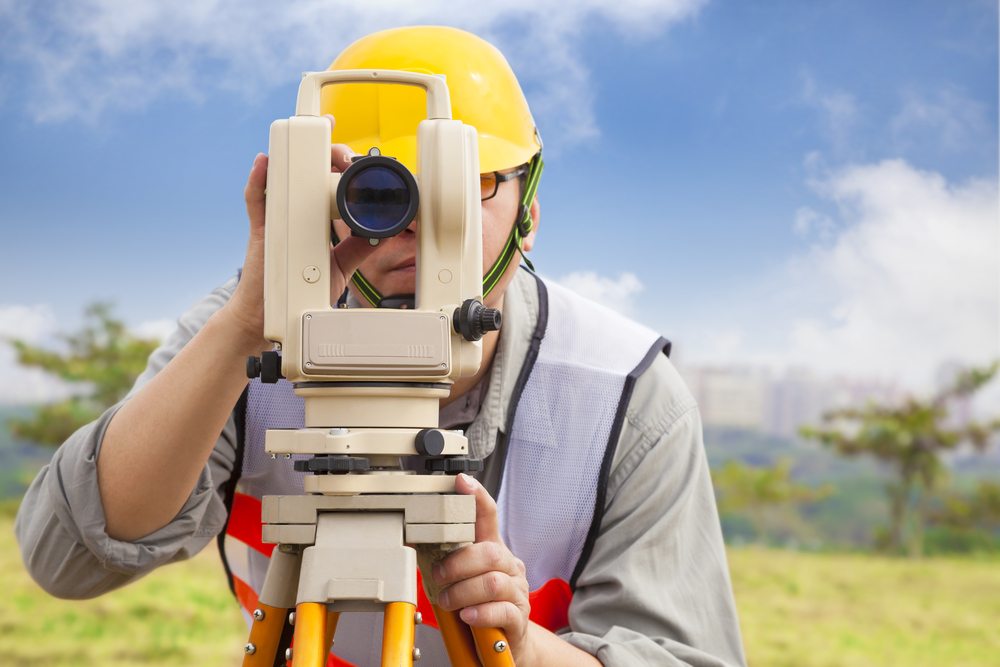Surveying is the backbone of any construction, engineering, or land development project. Accurate measurements, precise mapping, and detailed data collection are critical to the success of any endeavour, whether it’s a small residential plot or a large-scale infrastructure development. The key to achieving this level of precision lies in using the right survey equipment. In this article, we’ll explore the essential tools every surveyor needs to ensure accuracy and efficiency on the job.
Understanding the Importance of Survey Equipment
Surveying is a blend of science, art, and technology. It involves measuring land, airspace, and water bodies to determine boundaries, create maps, and gather data for construction projects. The importance of having reliable and accurate survey equipment cannot be overstated. With the right tools, surveyors can collect data crucial for making informed decisions, planning efficiently, and avoiding costly mistakes.
Without proper survey equipment, the risk of errors increases significantly. These errors can lead to misaligned boundaries, incorrect elevation measurements, and project delays. Therefore, investing in high-quality survey equipment is not just a matter of convenience; it’s necessary for any project aiming for success.
The Core Tools of Surveying
Total Stations
The total station is one of the most versatile and widely used tools in modern surveying. This instrument combines an electronic theodolite with an electronic distance meter (EDM), allowing surveyors to measure angles and distances accurately. Total stations are essential for tasks such as staking out coordinates, mapping large areas, and conducting topographic surveys.
What sets Total Stations apart is their ability to store and process data electronically, streamlining the workflow for surveyors. They can also be integrated with other technologies, such as GPS, to provide even more accurate results. For any surveyor, a total station is a must-have tool in their arsenal.
GPS Surveying Systems
Global Positioning System (GPS) technology has revolutionised the field of surveying. GPS surveying systems allow for the precise determination of coordinates, enabling surveyors to map out large areas quickly. These systems benefit projects requiring accurate geospatial data, such as infrastructure development, land subdivision, and environmental monitoring.
GPS systems work by receiving signals from satellites and calculating the exact position of the survey equipment on the ground. This technology speeds up the surveying process and reduces the margin of error, making it an invaluable tool for any surveyor.
Theodolites
Before the advent of total stations, theodolites were the primary instruments used for measuring angles in surveying. Although total stations have mainly replaced them, theodolites still play a crucial role in specific surveying tasks. They are highly accurate and can be used to measure both horizontal and vertical angles.
Theodolites are often used with other survey equipment, such as levels and tripods, to understand a site’s topography comprehensively. They are instrumental in areas where GPS signals may be weak or obstructed, ensuring that surveyors can still obtain accurate data.
Levels and Levelling Instruments
Accurate levelling is critical for determining elevation differences and ensuring structures are built on a stable foundation. Levels, such as automatic and digital levels, are essential tools for this purpose. These instruments measure the height difference between two points, allowing surveyors to create accurate elevation profiles.
Levelling instruments are essential in construction projects, where precise elevation data is necessary to ensure that buildings, roads, and other structures are level and stable. Surveyors can use these tools to prevent costly errors and ensure that projects are completed to the highest standards.
Drones and Aerial Surveying
In recent years, drones have become increasingly popular in surveying. Equipped with high-resolution cameras and GPS systems, drones can capture detailed aerial images and create accurate 3D models of a site. This technology benefits large or hard-to-reach areas where traditional surveying methods may need to be more practical.
Drones allow surveyors to gather data quickly and efficiently, reducing the time and labour required for a project. Additionally, the aerial perspective provided by drones can reveal details that may not be visible from the ground, giving surveyors a more comprehensive understanding of the site.
Supporting Tools and Accessories
While the core tools mentioned above are essential for any surveyor, several supporting tools and accessories can enhance the accuracy and efficiency of a survey. These include:
Tripods and Mounts
Stability is critical in surveying, and that’s where tripods and mounts come into play. These accessories provide a stable platform for survey equipment, ensuring accurate and consistent measurements. High-quality tripods and mounts are essential for maintaining the precision of instruments like total stations and theodolites.
Measuring Tapes and Chains
While electronic devices have replaced mainly traditional measuring tools, measuring tapes and chains are still invaluable in certain situations. They are often used for quick measurements, cross-checking electronic data, or working in areas where electronic devices may need to be more practical.
Data Collectors and Software
Modern surveying relies heavily on data collection and processing. Often integrated with survey equipment, data collectors allow surveyors to record and store data on-site. Paired with specialised software, these tools enable surveyors to analyse data, create maps, and quickly generate reports.
Conclusion
Surveying is a precise and demanding profession that requires a deep understanding of the science behind the measurements and the tools used to collect them. The right survey equipment ensures that every project is completed accurately and efficiently. From total stations to GPS systems, each tool plays a vital role in the surveying process, helping to transform raw data into actionable insights.
As technology evolves, surveyors can access an ever-growing array of equipment to enhance their work. However, the core principles remain the same: accuracy, precision, and attention to detail. By investing in high-quality survey equipment and keeping up with the latest advancements, surveyors can ensure that they are always prepared to tackle the challenges of any project, no matter how complex.
Stay in touch to get more updates & news on Mystories List!
